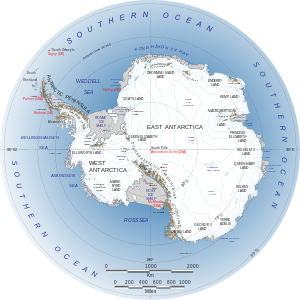Since this version is not from a different culture or country, I will not share my normal information about a country or culture.
This book is narrated by the stepmother. She describes the first time she stepped into Cinderella's house having just married her father. Her father left right away on a business trip just as his new wife and her daughters are arriving. Cinderella explains he does that often. The stepmother looks around the house is disgusted to see how dirty it is. She asks Cinderella about cleaning and all four begin to clean. The stepmother gives each of them a job, but Cinderella keeps finishing her assignments very quickly and keeps talking and talking--telling stories about the mice and birds that help her clean and such tall tales. Even at dinner Cinderella just keeps talking to the point where they have to ask her to be be quiet (or shut up).
One day Cinderella or Cindy as the stepmother calls her develops a case of laryngitis. This happens to be the day the invitation to the ball that night arrives. The stepmother tells her Cindy she cannot go since she is sick. Of course Cindy goes after the stepfamily leaves for the ball and marries the prince. The stepmother is happy to be rid of the non-stop talking and wishes the prince luck with his wife for when she gets her voice back. Of course she also starts telling tales about a fairy godmother turning a pumpkin into a carriage and such.
As you can see this is a very different take on the whole Cinderella story. I love it because it enables us to talk about point of view and how important it is to know whose view of a story you are hearing (especially history). Another place to look at this information is statistics. As a former math teacher who has taught statistics, I always tell students to look at information about studies to see if they are truly valid. The number in a study is one of the most important things to look at and then which statistics they are giving you. The mean or average and the median or the middle number are two common statistics. They each have their own appropriate places.
Mean manipulation example:
If your data is 4, 4, 4, 4, 4, 4, 90, the median is 4. The mean is approximately 16.29. As you can see the 16.29 is greatly influenced by the outlier point of 90.
The mean however is good when you have a large sample size and do not have outliers. It is also important to comment that the mean is useful if the outliers make a difference to your data.



























